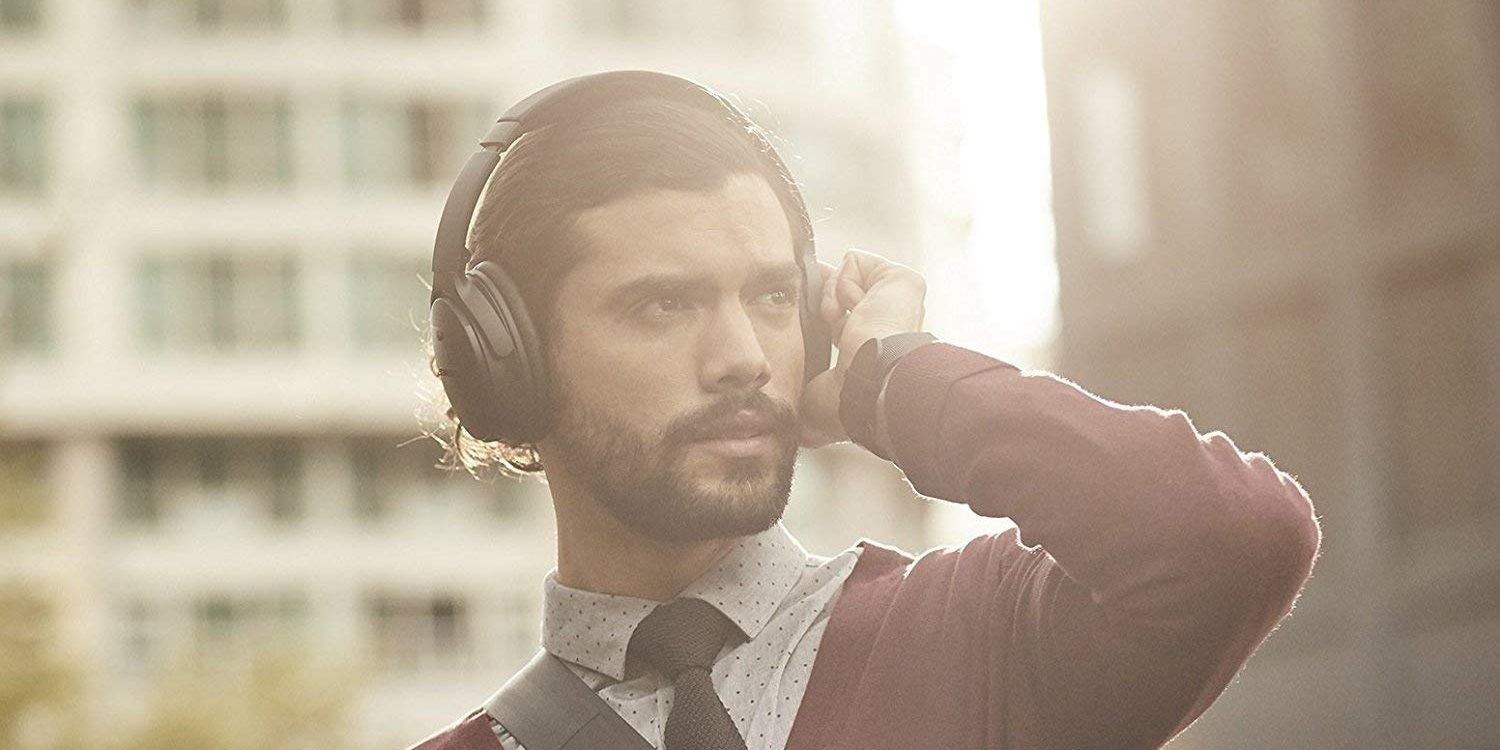
If you’re in the market for a new pair of headphones then you’ll probably want to consider a pair of noise cancelling headphones. Over the last few years, noise cancelling headphones have become big business with pairs available to suit anyone’s budget. Here's what to be on the lookout for when shopping for noise cancelling headphones.
The big benefit with noise cancelling headphones is that they look to cancel all the noise you don’t want to hear. The most effective way the headphones achieve this is by coming equipped with microphones on the outside that listen in and pick up all the surrounding noise. Those sounds are then counteracted by a contrasting signal with the two cancelling each other out. The end result is a listening experience that’s almost exclusively just the music or audio you are listening to. Another benefit is that you don’t have to increase the volume to drown out the outside noise which makes the headphones a safer solution for the ears.
While the technology is good, and improving all the time, there’s plenty of things these headphones don’t do. For one thing, they are unlikely to completely isolate all noise with different models tending to vary in how much noise they can cancel. What’s more, they often come with an option that lets the user choose the level of noise cancellation so the wearer can match the listening experience to the situation. For example, if you’re walking down the street then you may want to be able to hear some of the background noise, such as cars on the road. Likewise, they don’t offer any increased protection compared to normal headphones so they certainly should not be used as a sole replacement for headphones where added protection is needed, such as on a construction site.

Generally, any pair of headphones that offers noise cancelling should improve your listening experience overall. However, the level and quality of noise cancelling can vary and not just between brands, but also at a design level. For example, make sure to check whether the headphones offer passive or active noise cancelling as this affects how the noise cancellation works. Passive noise cancelling refers to headphones that use materials to physically block out sound, while active noise cancelling (also known as ANC) uses the method described above by actively isolating and producing a sound to cancel out the unwanted ambient sound. Whether they are passive or active will affect other areas of design including their size, weight, battery life, and so on.
Of course, if you own a newer iPhone or Android phone that’s not equipped with a headphone jack then you will want to be on the lookout for a Bluetooth-enabled set of noise cancelling headphones. Currently, two of the most popular options are the Bose QuietComfort 35 II and the Sony WH-1000XM3. Both of these headphones are generally considered to offer the best bang for the noise cancelling buck when it comes to the price. Although they both are also a little more on the expensive side. With that in mind, those looking for a cheaper set of headphones may also want to take a look at the Sony WF-1000XM3, the Bose QuietComfort 25, or the JBL Live 650 - all of which can typically be picked up between $100 and $200. For those more interested in a lightweight and portable set of headphones Apple’s AirPods Pro also come with active noise cancellation.
from ScreenRant - Feed https://ift.tt/2G9n76Y

0 Comments